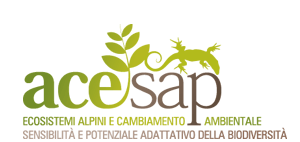| The seasonal patterns of daylength and ultraviolet radiation (UVB and UVA) at Williamstown, Victoria, Australia were measured (October 1995-May 1996) and are considered in relation to levels of heterosides (soluble sugar compounds: D-isofloridoside, floridoside and L-isofloridoside) and sun-screen compounds (mycosporine-like amino acids: MAAs) in the intertidal red alga Bangia atropurpurea. UVB peaked in December-January at 2.2-2.4 W m and UVA also peaked at 70 W m 2 in the same period. Total heteroside concentrations were highest (1230-1900 mmol kg-1 dry weight) during November-December with floridoside and D-isofloridoside being 90% of the total. In late February through mid-April total heteroside contents were lower (315-905 mmol kg-1 dry weight) with L-floridoside being as much as 34% of the total indicating a seasonal effect. Total MAAs varied from 3.4 to 7.1 mg g-1 dry weight (mean 4.9 mg g-1 dry weight) with both highest and lowest levels occurring in February. Porphyra-334 constituted 83 to 97% of this total with asterina-330, palythine and palythinol being 3-17%. Although maximum MAA concentrations did not show any significant parallel with the peak UV values, the quantitative data point to Bangia cells over the course of the seasons always loaded up with these photoprotective compounds. |






